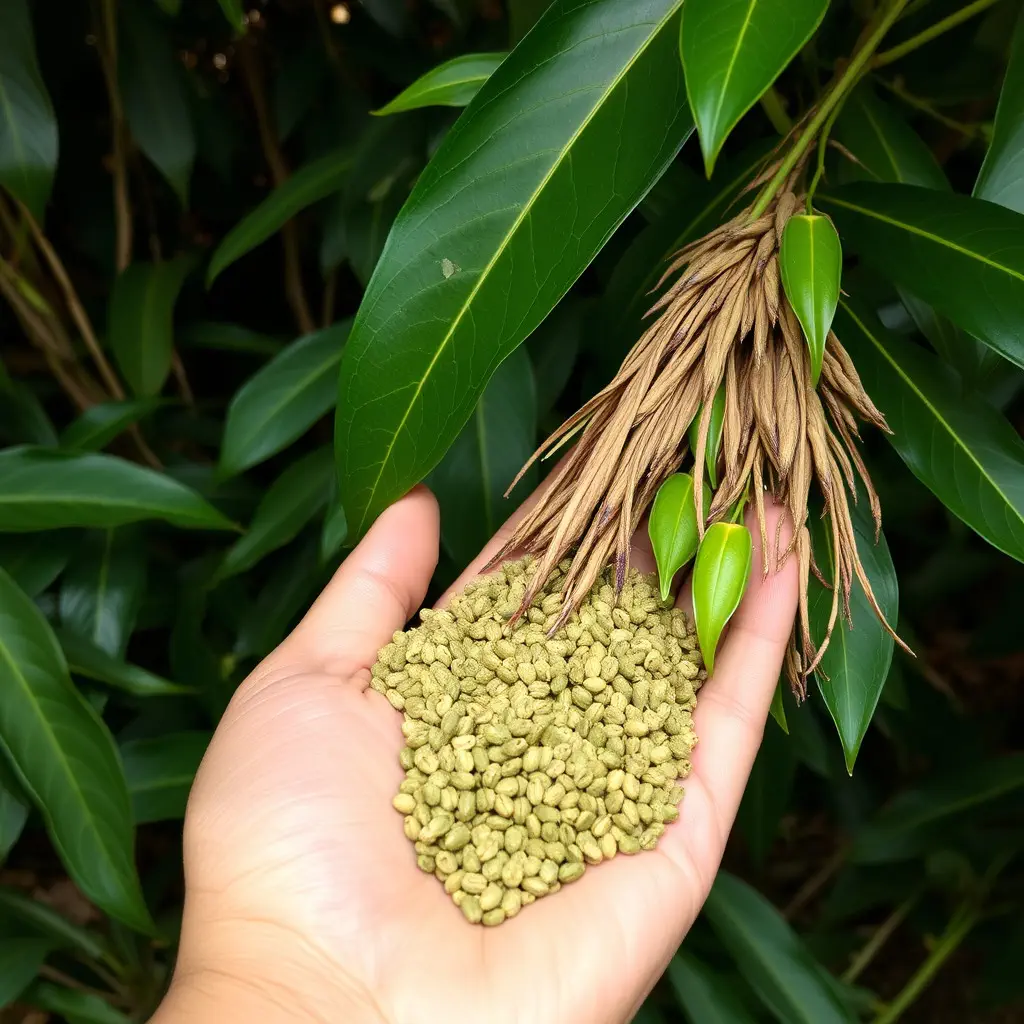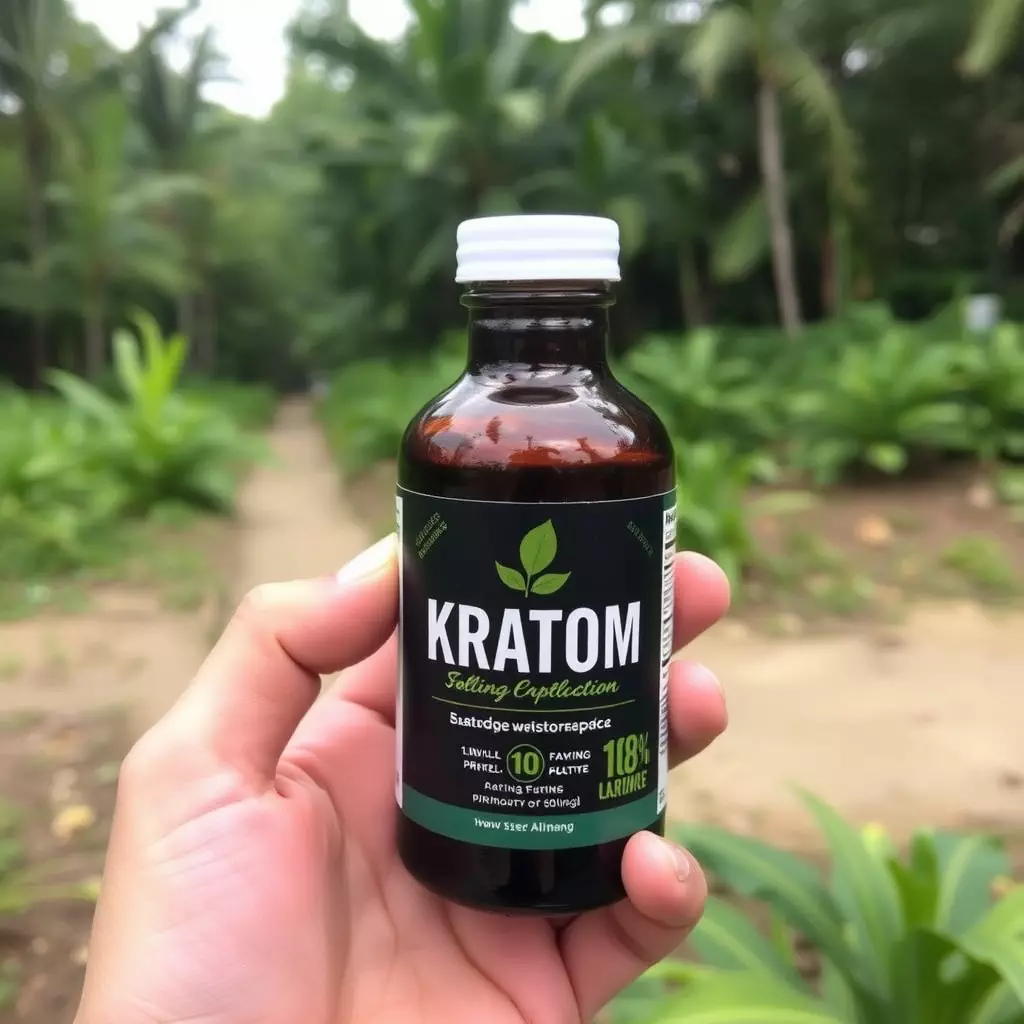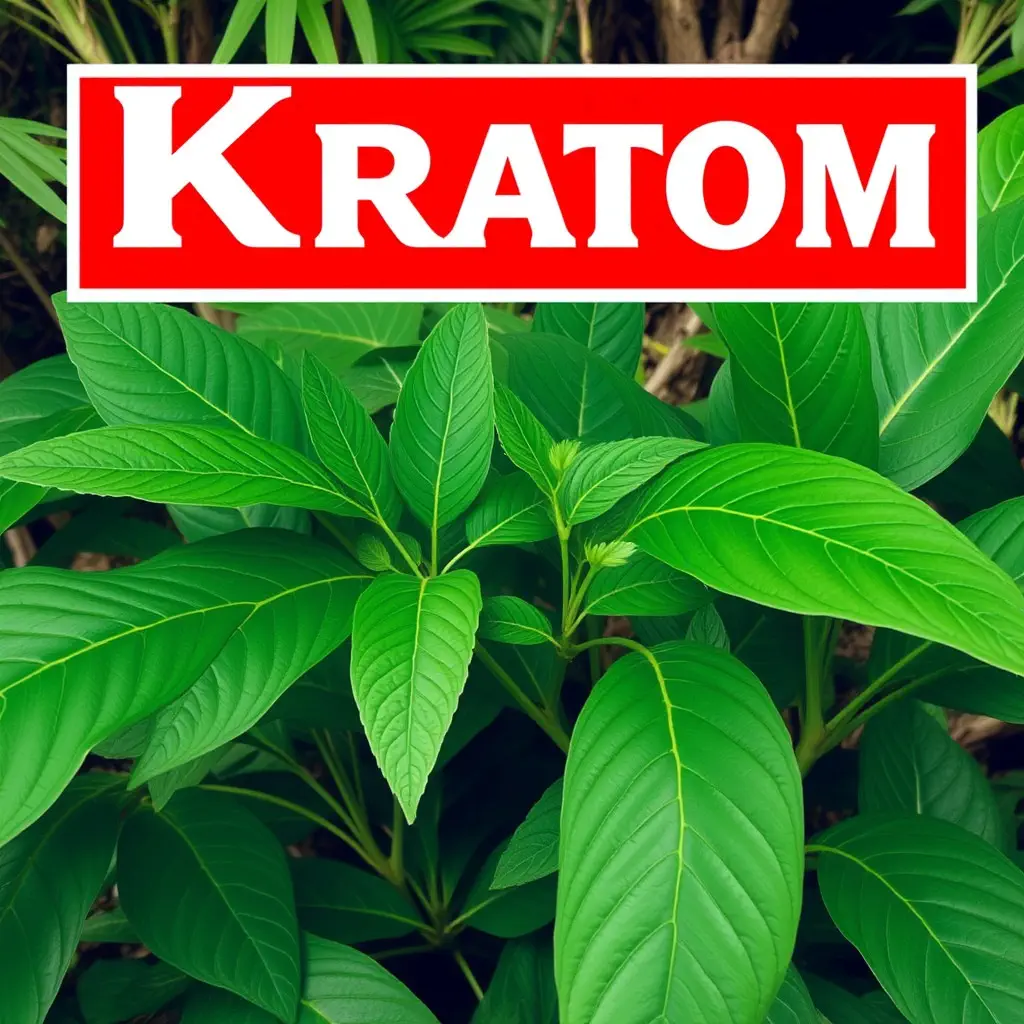Papua New Guinea Kratom, with its unique alkaloid profile including mitragynine and 7-hydroxymitragynine, has gained attention as a natural alternative for managing chronic pain. Its interaction with opioid receptors may offer effective pain relief with fewer side effects than conventional medications. Users have reported positive experiences in alleviating various types of chronic pain such as neuropathic and inflammatory conditions. However, it's essential to consult healthcare professionals before using Kratom due to its potency and the need for safe and informed use. The legal status of Kratom varies by jurisdiction, so users must be aware of local regulations. As a potential part of a holistic pain management strategy that includes physical therapy, mindfulness, acupuncture, or biofeedback, Papua New Guinea Kratom could be a valuable addition for those with chronic pain conditions, provided it is used responsibly and under professional guidance.
explore the therapeutic potential of Papua New Guinea Kratom as a natural approach to managing chronic pain. This article delves into the unique composition and pain-relieving properties of Mitragyna Speciosa, indigenous to Papua New Guinea. We will discuss how this botanical can be harmoniously integrated into a comprehensive pain management strategy, offering insights into its role alongside conventional treatments. Join us as we unravel the science behind Papua New Guinea Kratom and its promise for those suffering from chronic pain.
- Exploring the Potential of Papua New Guinea Kratom in Chronic Pain Management
- Understanding Mitragyna Speciosa: Composition and Impact on Pain Relief
- Integrating Papua New Guinea Kratom into a Holistic Chronic Pain Strategy
Exploring the Potential of Papua New Guinea Kratom in Chronic Pain Management

Papua New Guinea Kratom, derived from the Mitragyna speciosa tree, has garnered attention in the field of chronic pain management due to its naturally occurring alkaloids. These compounds have been studied for their potential analgesic properties, which may offer relief to those suffering from persistent pain conditions. The unique strains found in Papua New Guinea’s diverse ecosystems are believed to possess a distinct alkaloid profile that could be more effective than other Kratom varieties available globally. Research indicates that these specific strains may interact with the body’s opioid receptors, providing pain relief without the harmful side effects associated with traditional pharmaceuticals. Users who have tried Papua New Guinea Kratom report its efficacy in managing chronic pain, including neuropathic and inflammatory pain. The plant’s alkaloids, such as mitragynine and 7-hydroxymitragynine, are thought to play a crucial role in this analgesic effect, making Papua New Guinea Kratom a compelling natural alternative for those seeking to manage their chronic pain effectively. As with any treatment option, it is essential for individuals to consult healthcare professionals before incorporating Kratom into their wellness regimen, ensuring safe and informed use while exploring the full potential of this botanical remedy.
Understanding Mitragyna Speciosa: Composition and Impact on Pain Relief

Mitragyna Speciosa, commonly known as kratom, is a tropical evergreen tree native to Southeast Asia, particularly in regions like Papua New Guinea. The leaves of this plant have been traditionally used by locals for their stimulant and sedative effects. Scientific exploration has revealed that kratom contains over forty compounds known as alkaloids, with mitragynine and 7-hydroxymitragynine being the most prominent and believed to be responsible for its pain-relieving properties. These alkaloids interact with the body’s opioid receptors, offering analgesic effects that can help manage chronic pain.
The impact of kratom on pain relief has been a subject of growing interest among those seeking alternative treatments for chronic discomfort. Users often report that specific strains from Papua New Guinea Kratom, such as the Bali or Maeng Da varieties, provide effective relief from persistent pain, including conditions like arthritis and fibromyalgia. It’s important to note the diverse effects of kratom, which can vary depending on the strain, dose, and individual physiology. While kratom may offer a natural alternative for pain management, its use should be approached with caution and an understanding of the regulatory status in one’s country or region, as it remains a topic of debate and regulation. Users are advised to consult healthcare professionals before integrating kratom into their pain management regimen.
Integrating Papua New Guinea Kratom into a Holistic Chronic Pain Strategy

Papua New Guinea Kratom, with its unique alkaloid profile, has garnered attention as a potential integrative component in managing chronic pain. Traditionally used by the indigenous peoples of the region for its medicinal properties, this botanical substance has shown promise in complementing conventional therapies. Its efficacy is attributed to the presence of alkaloids such as mitragynine and 7-hydroxymitragynine, which may interact with opioid receptors in the brain to provide pain relief without the dependence or severe side effects associated with traditional opioids. When incorporating Papua New Guinea Kratom into a holistic chronic pain strategy, it is crucial to approach its use with caution and under professional guidance. This ensures that individuals receive appropriate dosing, avoid potential interactions with other medications, and maintain overall health and well-being. The integration of this Kratom strain should be part of a multifaceted approach that includes physical therapy, mindfulness practices, and possibly acupuncture or biofeedback, creating a comprehensive pain management plan that addresses not just the symptoms but also the underlying causes of chronic discomfort. Users should also consider the legal status of Kratom in their jurisdiction, as it varies by region and is subject to regulatory changes. With careful consideration and proper medical oversight, Papua New Guinea Kratom can be a valuable addition to a holistic approach for those suffering from chronic pain.
In concluding our exploration of chronic pain management, it’s evident that Papua New Guinea Kratom offers a promising avenue for individuals seeking alternative treatments. The unique composition of Mitragyna Speciosa not only warrants further scientific inquiry but also invites its careful integration into a comprehensive pain relief strategy. By understanding the impact of this botanical substance on pain relief, patients and healthcare providers can consider it as part of a holistic approach to managing chronic pain. As research continues to evolve in this field, it is crucial to approach the use of Kratom with prudence, ensuring that it complements other therapeutic interventions. With thoughtful consideration and regulation, Papua New Guinea Kratom may contribute significantly to the well-being of those affected by chronic pain conditions.






